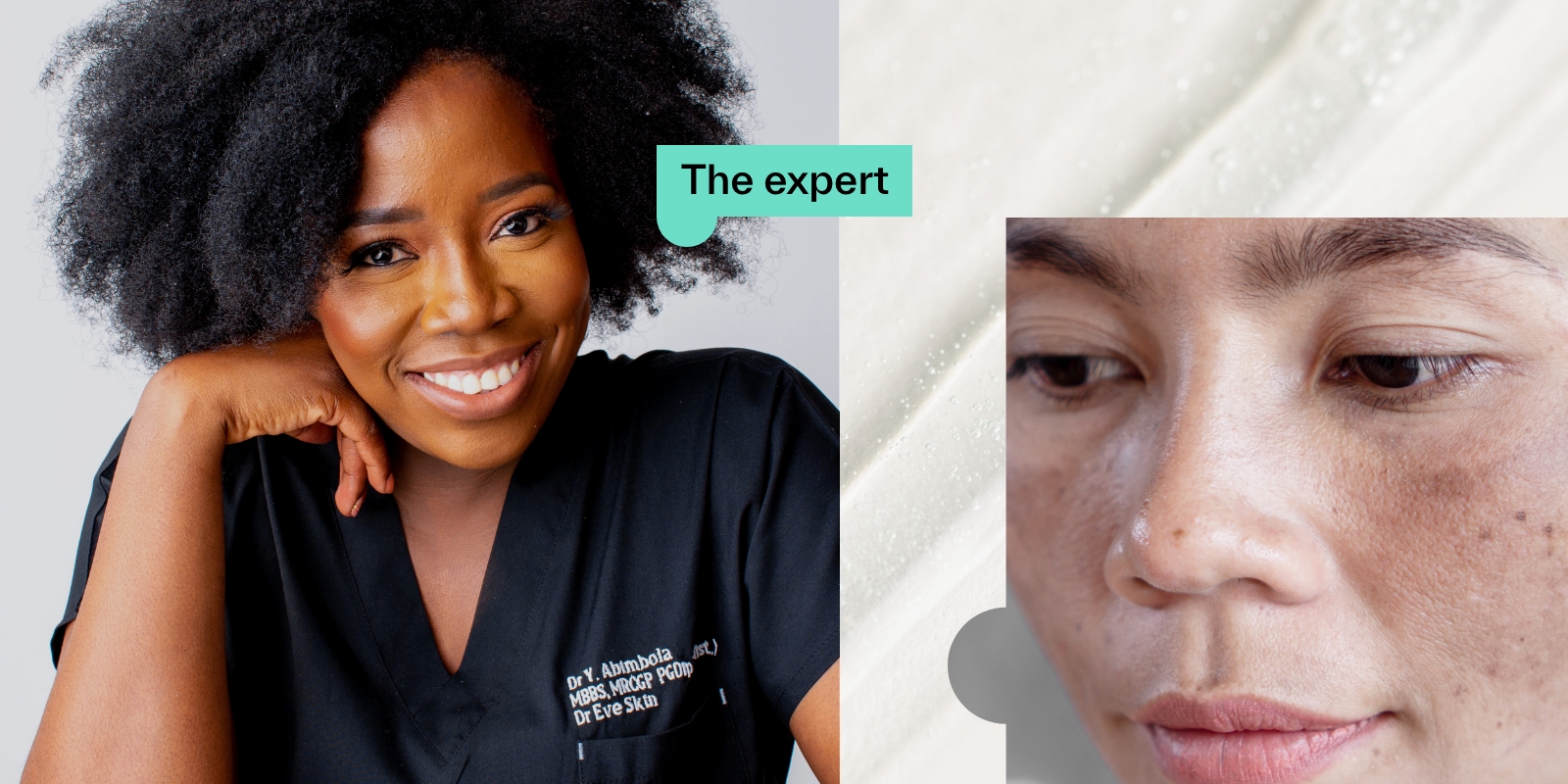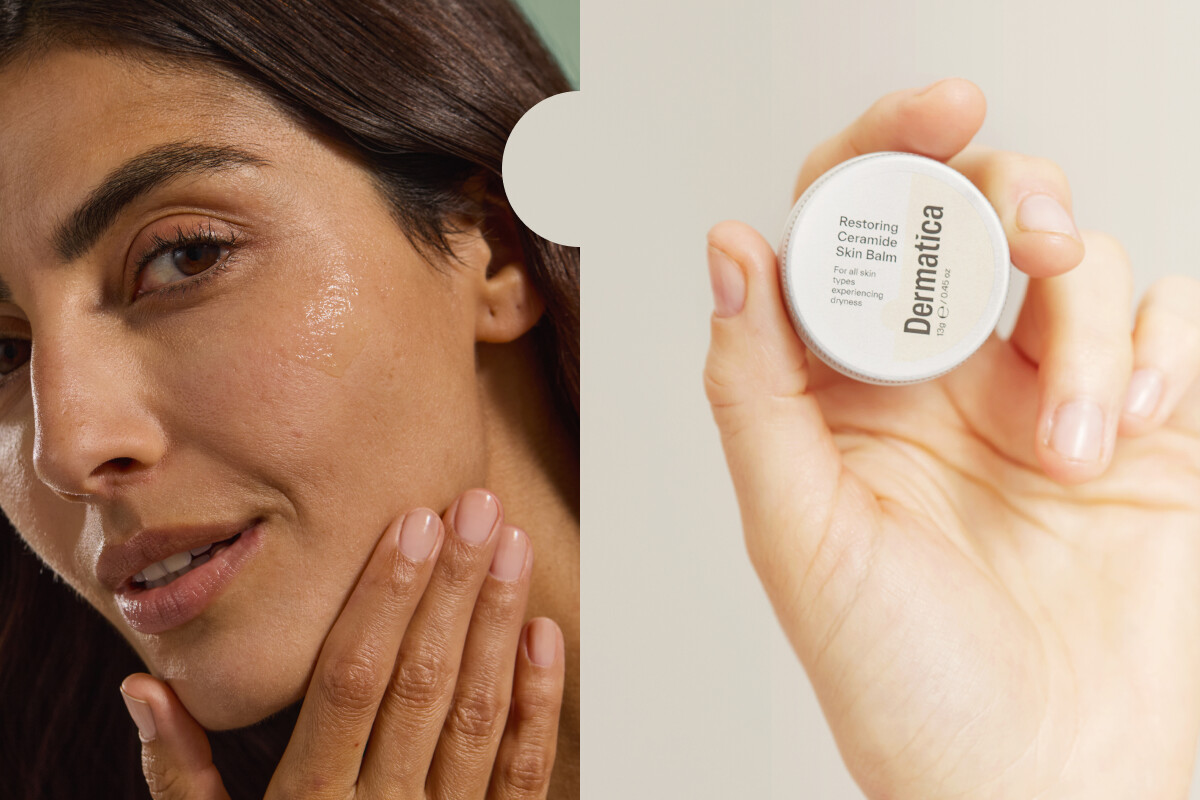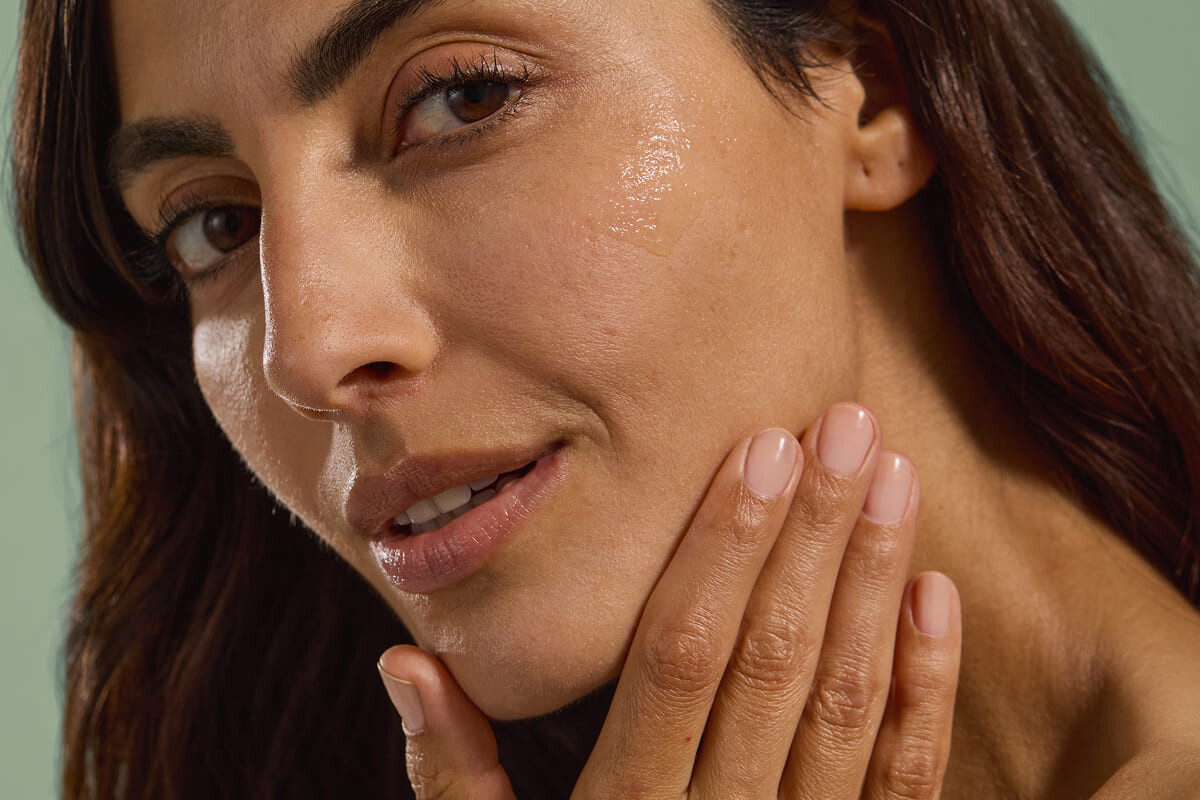A frequent cause of seeking dermatological advice is problems to do with pigmentation – either too much of it, or too little.
So, let’s define the terminology!
Hyperpigmentation:
This is when we have overproduction of pigment produced in the skin, which is caused by melanin producing cells, melanocytes. Common causes are trauma to the skin causing hyperpigmentation because of injury to the skin layers, caused by inflammation from free radicals or the body’s attempt to repair the skin. We call this post-inflammatory hyperpigmentation (PIH).
Other causes can include medication, sun damage and hormonal changes.
Hypopigmentation:
This is when there is reduction of pigmentation produced in the skin. This needs to be differentiated from conditions like vitiligo where there is de-pigmentation – caused by destruction of melanin producing cells.
Hypopigmentation may often be perceived to be a lightening of the skin of an area, where in fact the surrounded skin is in fact darker (hyperpigmented).
True hypopigmentation can be caused by infection in the skin which destroys melanin, such as in the case of fungal infections. As with hyperpigmentation, trauma to the skin from physical or chemical injury, or disease process can lead to hypopigmentation.
Both skin complaints can be distressing for patients and often the. Treatment of this is more important to the appearance of a patient than the underlying cause.
How do I treat Hypopigmentation?
This is usually addressed by treating the underlying cause. In the case of infection, relevant antibiotics or antifungals are used.
If due to an underlying disease process, treatments like corticosteroids and a group of medications called calcineurin inhibitors can be applied directly to the skin to encourage the re-pigmentation of the skin over time.
Often time is the main healer, and no treatment may be required at all.
How can I treat hyperpigmentation?
For many people with skin of colour, hyperpigmentation can be the marker of underlying skin complaints like acne. To maximise results for the the long term, it is important to treat the underlying cause (in this example, acne) rather than just the visible symptoms (the hyperpigmentation). So, a deeper examination may be needed in order to reveal the cause. In some cases, post inflammatory hyperpigmentation (PIH), which happens as a result of an injury to the skin, can be treated using active ingredients like topical retinoids, azealic acid and niacinamide. This can happen in parallel with the treatment of the overarching skin condition.
Let’s delve deeper into these important actives.
Tretinoin – part of a group of medications known as retinoids. Its main action is to increase cellular turnover and has great applications in dermatology to help heal skin and improve skin appearance. It can be used to treat acne, slowing down the effects of aging and heal and renew the skin, thus improving hyperpigmentation
Niacinamide – the great all-rounder! Known as Vitamin B3 or Nicotinamide, it has a multitude of actions. It can boost skin hydration, improve skin texture, anti-inflammatory effects, including regulating oily skin contributing to acne and improve hyperpigmentation.
Azealic Acid – is a key fighter in the management of acne. Its action is to destroy bacteria, but it has other actions in the pathway of melanin production. It’s action as a tyrosinase inhibitor causes of reduction in the creation of melanin, making it very effective in treating hyperpigmentation, especially in the case of PIH. It is often combined with another active ingredient to make its action more potent; this drug is known as Hydroquinone.
Hydroquinone – often gets a bad rap due to its history of abuse in skin care. A prescription only treatment, which when used correctly, it is the most effective agent in the management of hyperpigmentation. Often combined with other ingredients to increase its action, it also works in the pathway of melanin production,by blocking the production of further melanin in the skin. Controlled use and regular reviews allow for effective management and prevention of any unwanted effects from treatment.
Combining any of these ingredients together in a specifically formulated solution is the most effective way to get fast and long-lasting results. Utilising medical expertise to create specially tailored solutions allows this to be done to suit your specific skin needs and concerns, whether that be hyperpigmentation caused by acne, or by hormone related causes such as melasma.
Finally, I wouldn’t be Dr Eve without mentioning the most important factor in managing hyperpigmentation…. sunscreen!
UV rays from the sun and visible light can worsen the appearance of hyperpigmentation and lead to the production of more melanin, hence worsening the original complaint.
Protecting your skin from the sun by wearing broad spectrum sunscreen, and visible light also, every day is key to improving the appearance of hyperpigmentation, no matter the cause; but also allowing the key active ingredients to do their job most effectively.
So now you know how to treat these common pigmentation problems, what are you waiting for?
Contact Dermatica today to find out how you can get specially formulated treatment to address your skin concerns.
Dr Yvonne (Eve) Abimola
Dr Eve Skin is founded by Dr Yvonne Abimbola. It is a private clinic catering to the dermatological concerns of all patients with a evidence based approach. Dr Abimbola has a specialist interest in skin of colour.
Dr Abimbola is a qualified GP with additional qualifications, with a postgraduate diploma in Clinical Dermatology and over 10 years of experience in medicine.
Related Posts
February 22, 2023
0 Comments6 Minutes




